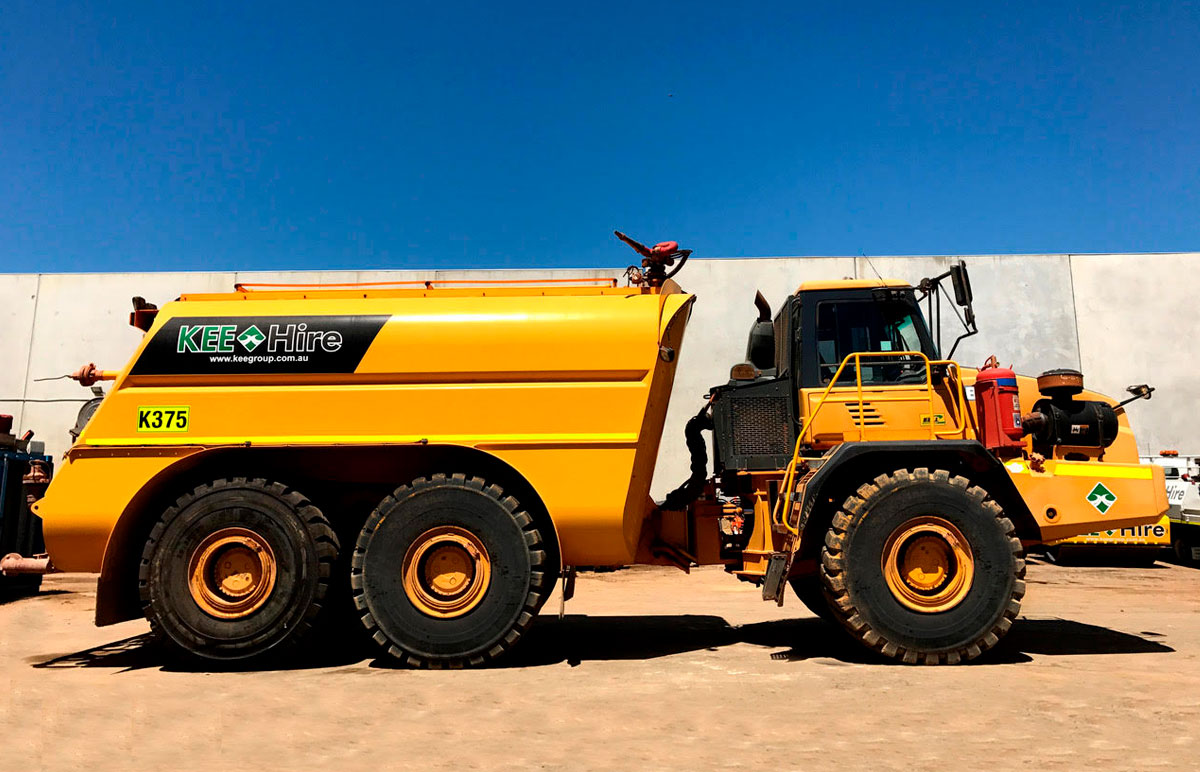
How to Return Your Dry Hire Equipment
In any project, hiring additional equipment to speed up its completion is essential. You can either opt for dry hire equipment (machine only) or wet hire equipment (machine and operator), depending on your budget and needs. While dry hire is the cheaper option, you do need to consider how you will take care of the equipment during its use in the project.
If you want to make sure you return the project equipment properly, consider following this checklist we’ve made for you.
Checklist for Returning Dry Hire Equipment
Hiring specialised equipment like rollers, wheel loaders, excavators, dozers, and dump trucks requires extra respect and consideration. It would be prudent to make sure that you only let people with proven skills and experience to handle the machines. Failing to do this means you risk damaging the equipment in the hands of someone unfamiliar with the machinery. To avoid getting charged for additional repair and maintenance fees, use this checklist:
1. Check All Documentation
Each equipment hire usually comes with a document pouch where you can find all the necessary paperwork to run it. Included in the paperwork will be registration papers, risk assessments, do’s and don’ts before use, and service history. It’s important to read and understand these documents before operating the equipment. They should also be returned in their document pouch when you return the equipment to the owner.
2. Perform a Final Inspection
When you hire a machine in good condition, it’s only logical and respectful to return it in the same condition as before. Doing a thorough inspection before, during, and after using the machine is important and wise. As an added measure, it’s best to give it a final go-over before returning it. Follow this checklist to make sure you checked everything:
- Make sure that the machine is secured, including all the nuts and tyres. Everything should be tightly secured and the tyres should be at the correct pressure.
- Check if all the lights are functioning properly.
- The engine should be in good shape and working properly, exactly as when you first used the machine.
- When inspecting the tyres, make sure that they do not have splits or punctures, and that all bolts are still visible on each wheel.
- The brakes should be working perfectly.
- Checking the bucket teeth or other accessories (if included) for any cracks or damage is also important.
- Make sure to refill the fuel tank unless the owner specified otherwise.
- The machine’s cabin should also be clean without any traces of debris or rubbish from the worksite. All controls should also work, and no signs of internal damage should be spotted.
3. Clean the Equipment First
Whenever you hire equipment, it’s considered good etiquette to clean or wash the equipment thoroughly immediately after using it. This prevents dirt build-up and can even protect the equipment from being damaged while at work. Worksites are expected to be muddy and full of debris, so it’s best to give the equipment a good wash when appropriate. The owner will also appreciate seeing their equipment looking as clean as it was when it was hired out, and will be more inclined to hire machinery to you again in the future.
Conclusion
The benefits of dry hiring are that it’s a relatively more cost-effective solution, but it has more responsibilities in handling the machines. If you’ve done your maths and decided dry-hiring is the best option for your particular project, you must consider how to keep the equipment in good working condition until you return it to the owner. By following this checklist, you won’t have to worry about returning your dry hire equipment.
KEE Group has been Australia’s most effective unique civil and mining support service for over a decade. Not only can we transport the machinery to the site, but we can also supply it, fuel it, service it and operate it. Take advantage of our excellent service whenever and wherever you need it. Contact us if you need transport equipment for hire on your next project.


